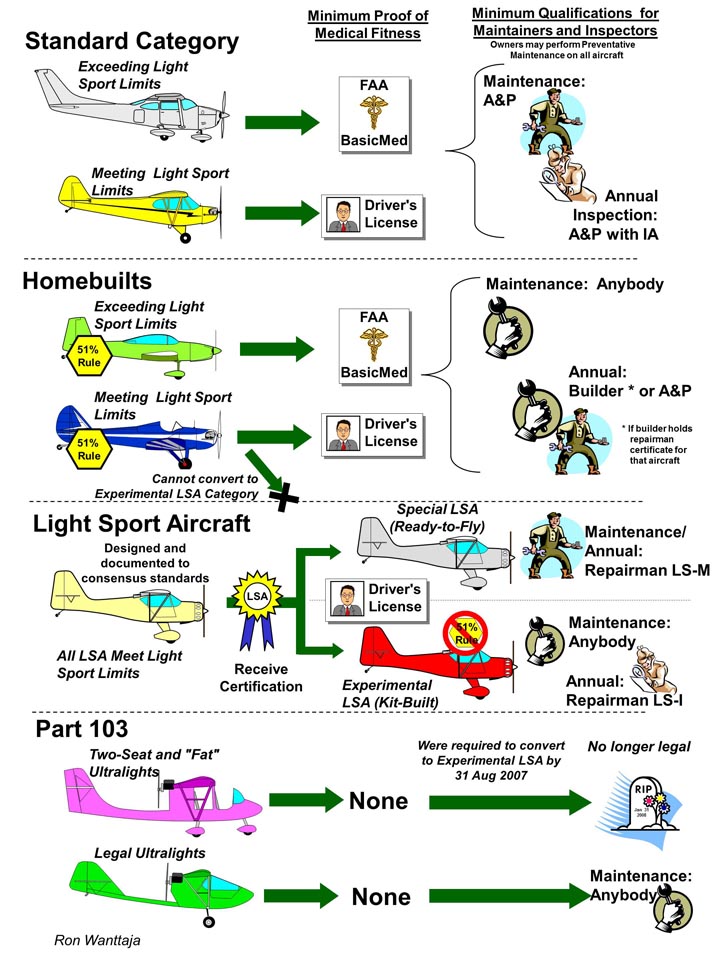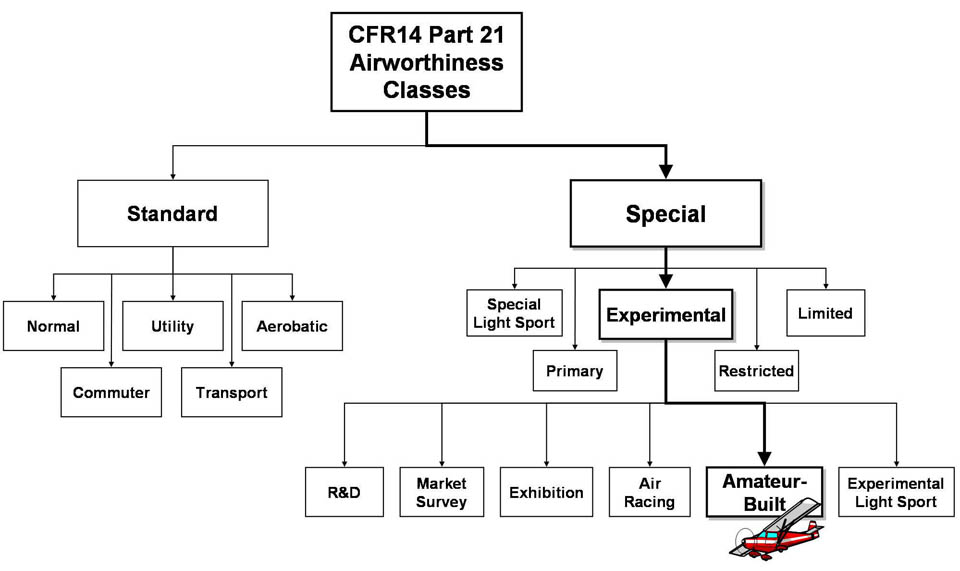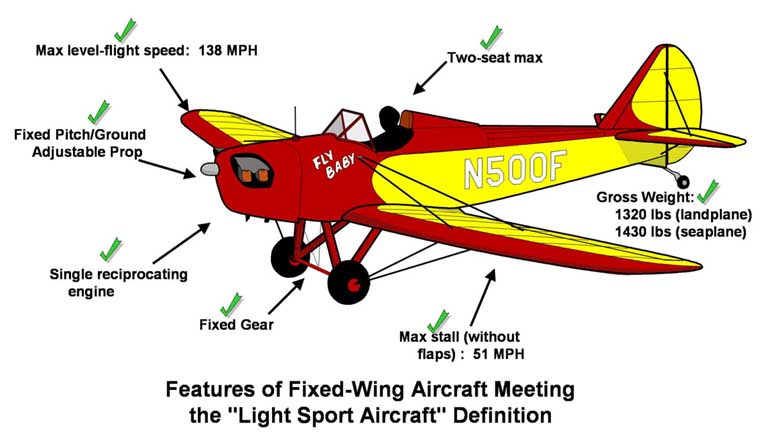So excuse me yet another post, sorry guys but when I was younger and interested in flying I did not have the money, now I do.
I was going to build and may still yet an Ultra Light. But I see so many used on the market either single or dual seat ones that are Not Ultra Light 103 but could be Light Sport Aircraft. So right now where are these Quicksilvers, Challenger and others classed? To heavy for UL and yet not certified to have a N number? Yet a lot of those Mfg are out of business.
Is there a process? My local Ins guy who does air craft, said no N number, no Insurance.





 Reply With Quote
Reply With Quote





